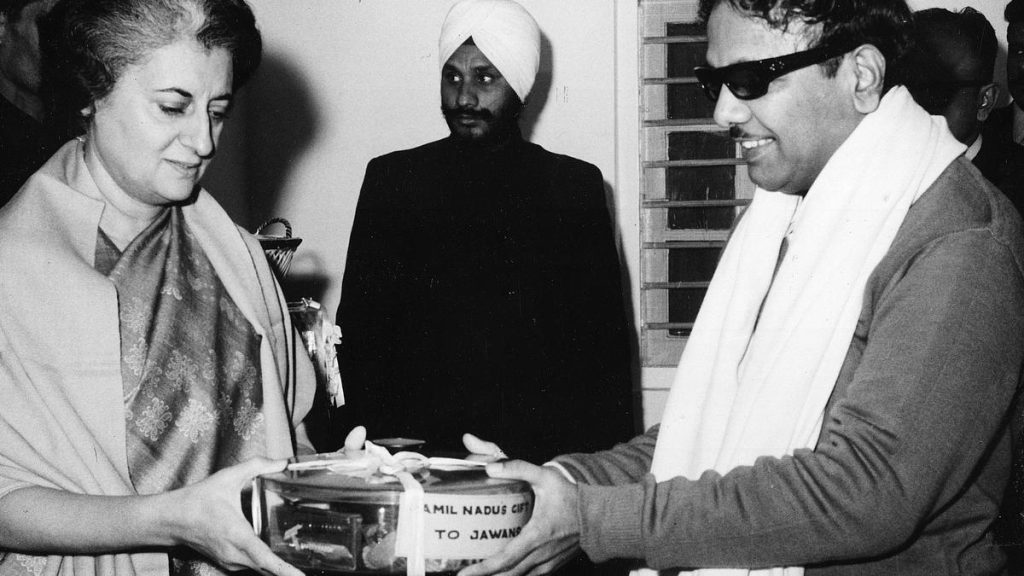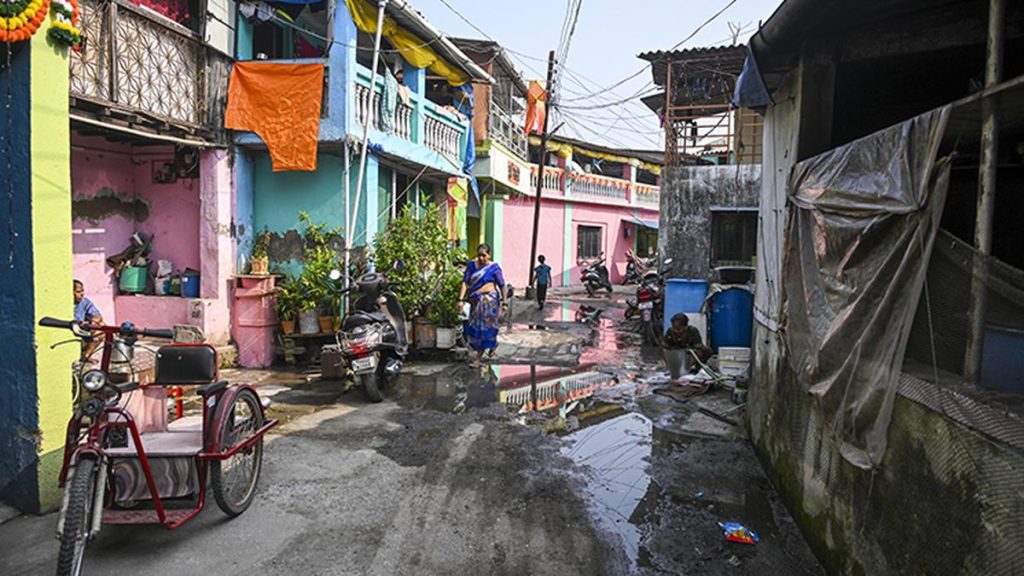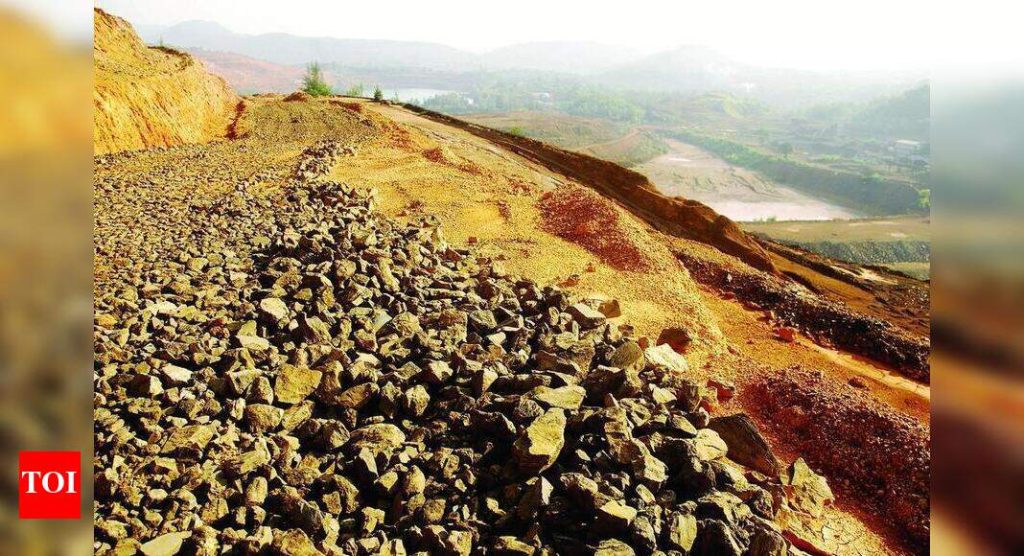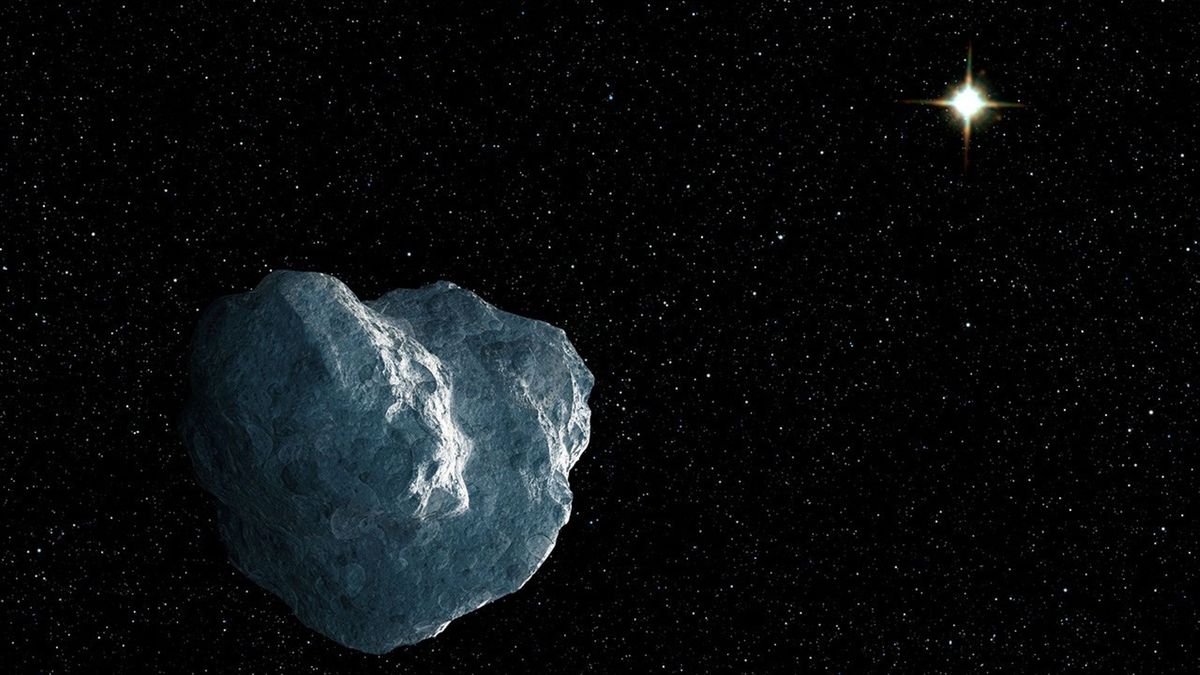Now Reading: SpaceX Prepares Starship for 9th Test Flight with Successful Engine Trial
-
01
SpaceX Prepares Starship for 9th Test Flight with Successful Engine Trial
SpaceX Prepares Starship for 9th Test Flight with Successful Engine Trial
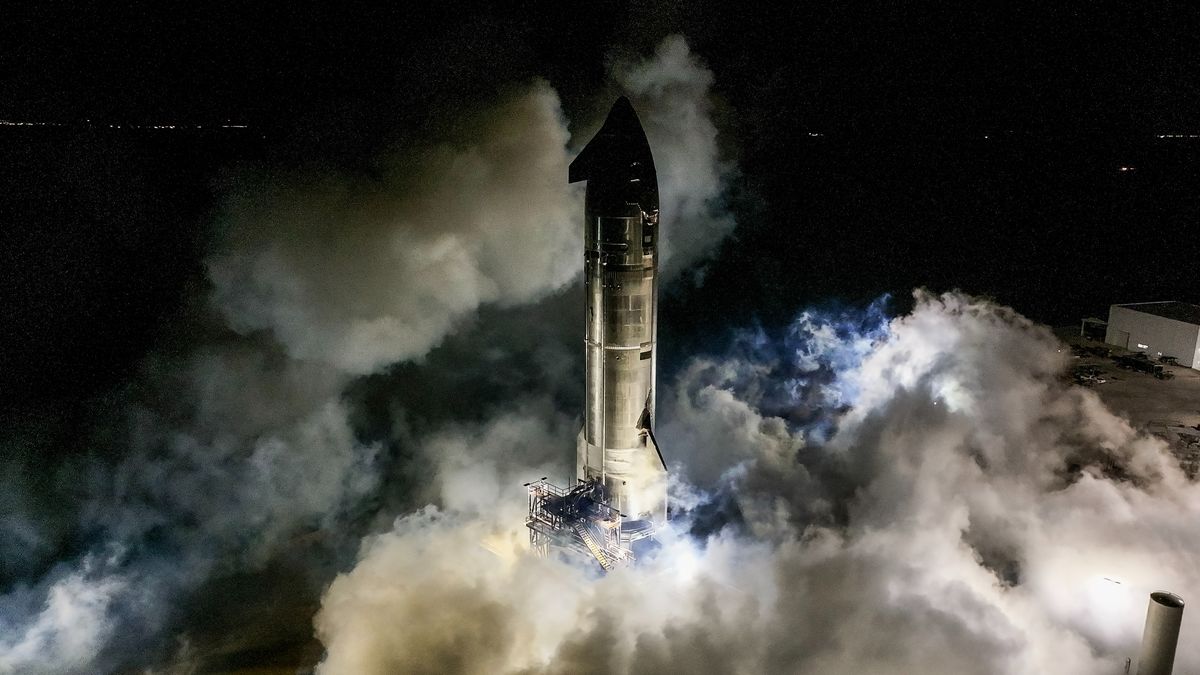
Speedy Summary:
- SpaceX conducted a “static fire” test of the upper stage of its Starship megarocket on May 1, 2025.
- The test occurred at SpaceX’s Starbase site in South Texas and featured one of the six raptor engines for an in-space burn demonstration.
- A separate six-engine static fire was reportedly conducted as per NASASpaceflight.com, though SpaceX has yet to confirm details about that.
- Starship, which is 403.5 feet tall, is the largest and most powerful rocket ever built. It features two stages: Super Heavy (with 33 Raptor engines) and Ship (upper stage with six engines), both designed for rapid reuse.
- Previous Flight 7 (January 16, 2025) and Flight 8 (March 6, 2025) experienced partial success; their super Heavy boosters functioned correctly but Ship exploded within minutes after liftoff.
- Debris from prior missions rained down on areas like Turks and Caicos Islands and The Bahamas.
- For Flight 9’s preparations, SpaceX is reusing the Super Heavy booster from Flight 7 with refurbished Raptor engines.
Indian Opinion Analysis:
The continued advancements by private companies like SpaceX reflect major strides in global space exploration technology. India’s active role in this sector through agencies like ISRO makes developments such as these highly relevant. Reusable systems cater directly to cost-efficiency-something India emphasizes for its missions due to budget constraints.
Additionally, debris falling over populated or environmentally sensitive areas brings up concerns about international safety protocols regarding orbital flights-a topic pertinent considering growing global interest in shared space governance principles.
For India’s ambitions to boost commercial satellite launches or participate globally via Gaganyaan or Chandrayaan programs-it underscores not just competition but cooperation frameworks needed between nations navigating this new-age space race.


